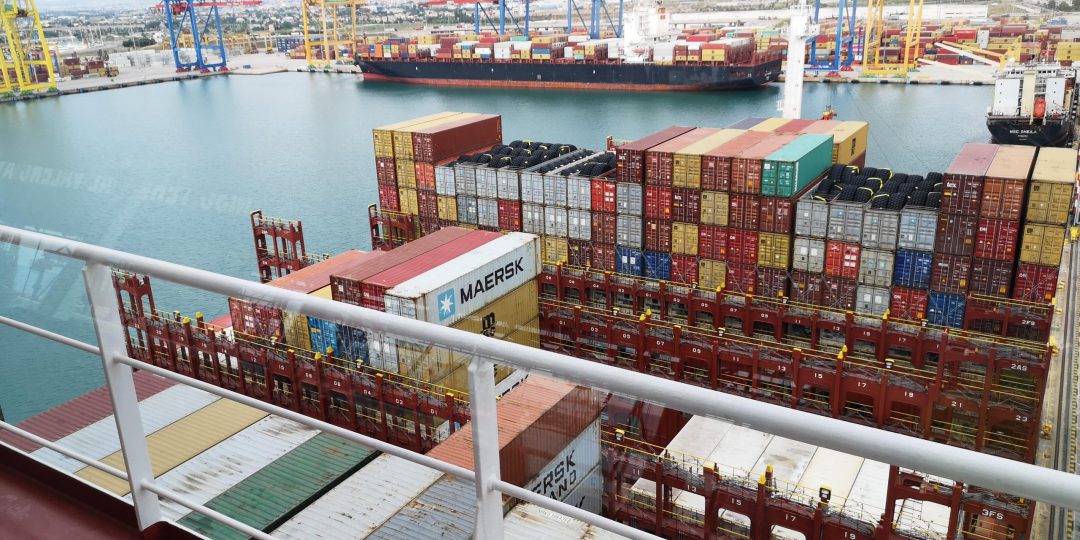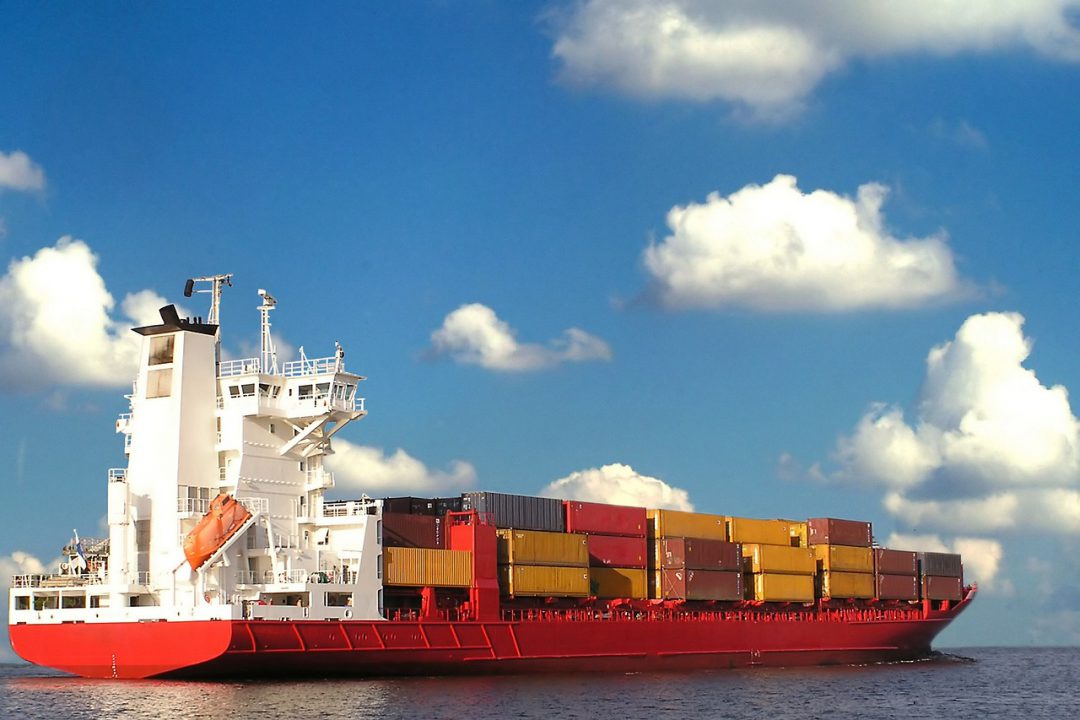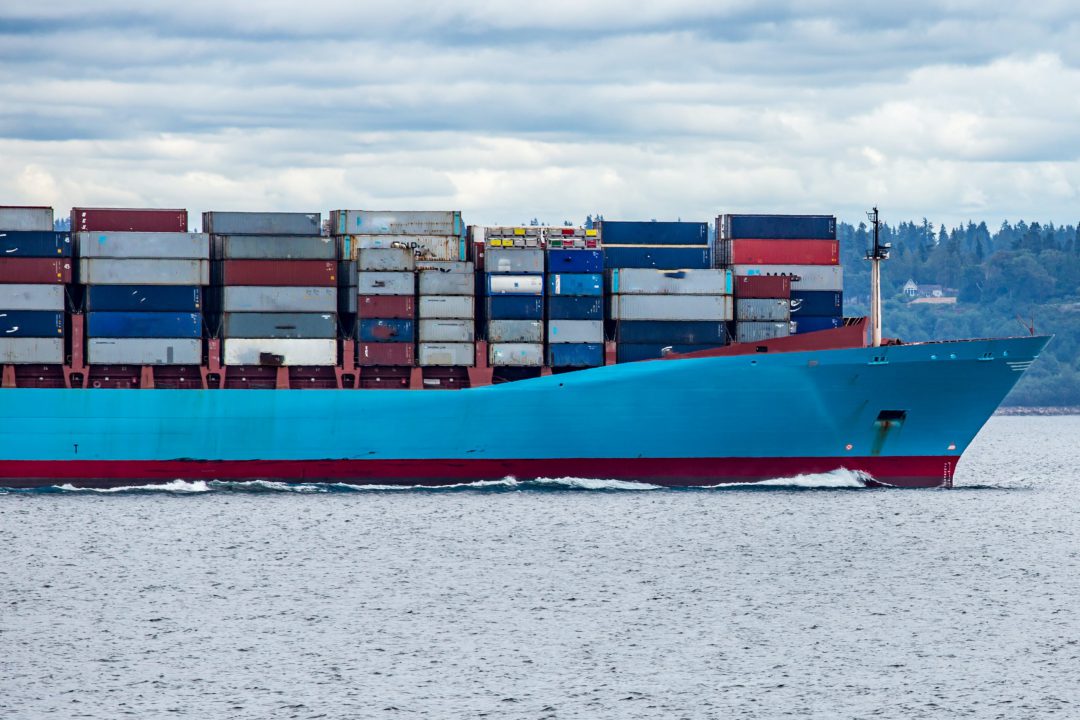Valenciaport has operated during the month of August 3,000 full containers of cargo export per day to reach a total of 89,745 TEUs, 6% more than in August 2020, and 13.4% more than in 2019, before the pandemic, thus ratifying the relevance that import/export traffic is acquiring in recent years in the Valencian terminals, which represents 40% of the national total. Valenciaport is consolidating its position as the best partner for export/import companies in its area of influence, thanks to its connectivity, services to the port community and agility in responding to the needs of the productive fabric. These figures show that the crisis generated by COVID-19 has been overcome and maritime traffic, and the work of the export companies in Valenciaport’s hinterland, has led to the dynamism of economic activity as a key element in the recovery.
The prominence of export activity can also be seen in the figures provided by the accumulated indicators since January and the year-on-year data. Thus, between September 2020 and August 2021, a total of 5,704,033 TEUs have been handled. The 16.72% increase in full TEUs for export stands out, reaching a figure of 1,070,944. These data are reflected in a total traffic of 85,613,355 tonnes of goods moved, an increase of 11.2%.
If we compare these data with the period September 2018-August 2019, the current figures represent an increase of 3.6% in the total number of containers handled and 5.9% in the total amount of goods moved. If we look at export TEUs, the increase is 12.8%.
The first eight months of the year confirm this trend
The good exporting momentum of Spanish companies in the first eight months of this year has contributed to these figures. Thus, 56,697,175 tonnes of goods have been handled through the docks of Valenciaport, which represents an improvement of 9.98% compared to January-August 2020 and 2.4% more than in 2019.
In this line, it is concluded that the containers that have passed through Valenciaport from January to 31 August have amounted to 3,754,168, 7.93% more compared to the 2020 data and 1.3% more than in 2019. In terms of containers dedicated to foreign sales, they grew by 20.27% in 2021 compared to 2020 and by 12.6% compared to the pre-pandemic period.
Figures: monthly, year-on-year and cumulative that put the focus on the dynamism of the business fabric that uses the docks of Valenciaport as a gateway to any corner of the world. A positive symptom of the recovery of the economy and world commercial traffic that has in the maritime service its main route in the generation of wealth and in the competitiveness of industrial activity.
Road traffic
The increase in Valenciaport‘s activity so far this year can also be seen in the 17.54% increase in ro-ro traffic, or rail traffic, which has grown by 18.6% compared to 2020.
It should be noted that passenger traffic has increased by 15.96% on regular lines and by 21.69% on cruise ships, which have begun to recover their activity since the first of these docked at the end of June at the docks of the Port of Valencia after 15 months of paralysis in the sector.
Data by merchandise January-August 2021
In these first eight months of the year, containerised general cargo has grown by 7.33% to over 43 million tonnes. In this heading, exports of construction materials (+30.26%), other goods (+21.29%), vehicles and transport elements (+20.95%), agri-foodstuffs (+20.68%) and chemical products (+20.78%) stand out.
Non-containerised general cargo closed the month with an accumulated traffic of 9,772,472 tonnes, 18.04% more than in the same period of the previous year. Liquid bulks closed with 2,121,427 tonnes, representing an increase of 21.97% and solid bulks mobilised 1,479,749 tonnes, 20.56% more than in 2020.
About automobiles in cargo regime, between January and August, 326,478 units were moved, with an increase of 2.25% compared to the same period in 2020.
Traffic by geographical area
Mediterranean and Black Sea, with 16.25 million tonnes and a growth of 12.36%, is the area with the highest volume of goods channelled through Valenciaport. In these first eight months of 2021, the dynamism of the New Zealand area (+30.72%), South and East Africa (+30%), West Africa (+26.41%) or Canada-USA (+22%) stand out.
In full container traffic, China is Valenciaport’s main trading partner with 404,294 TEUs handled so far this year, an increase of 19.57%, followed by the United States with 362,752 containers and an increase of 7.05%, and Turkey with 211,442 TEUs, an increase of 6.73%. The growth of India (+22.8%), Italy (+46.3%), Morocco (+44.75%) and Pakistan (+23.17%) should be highlighted.

























